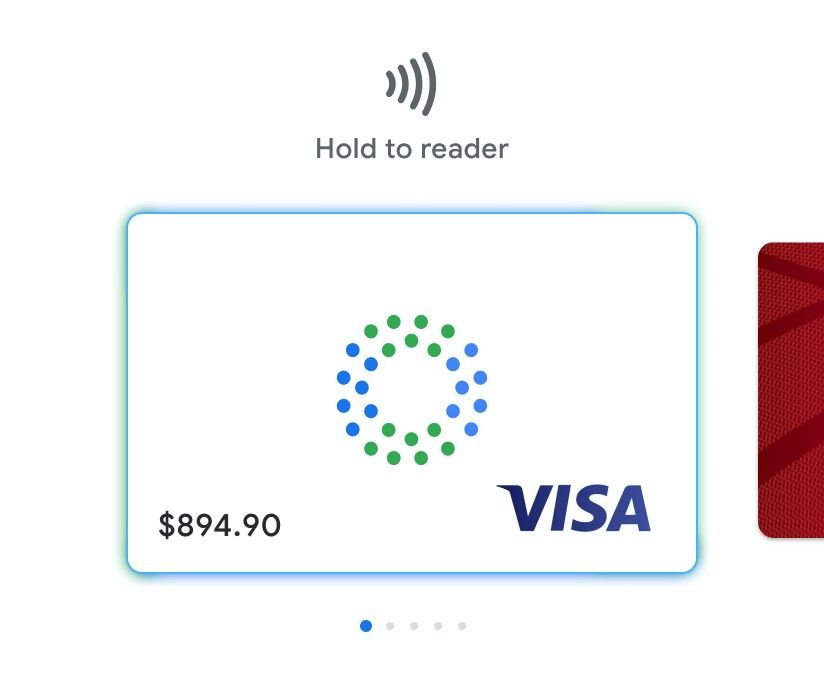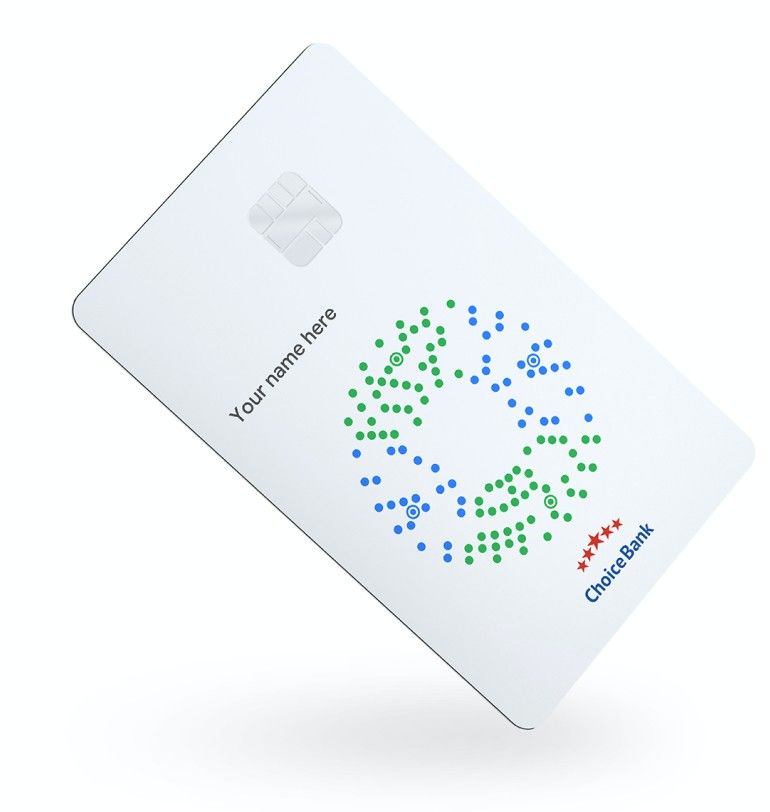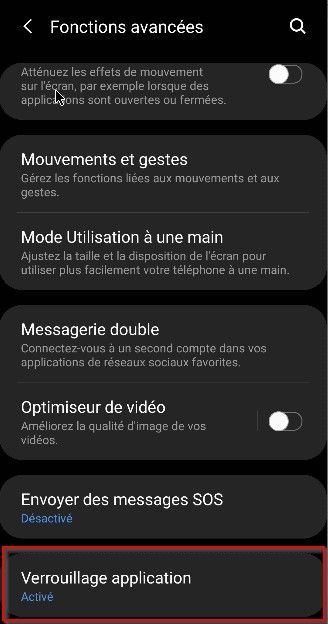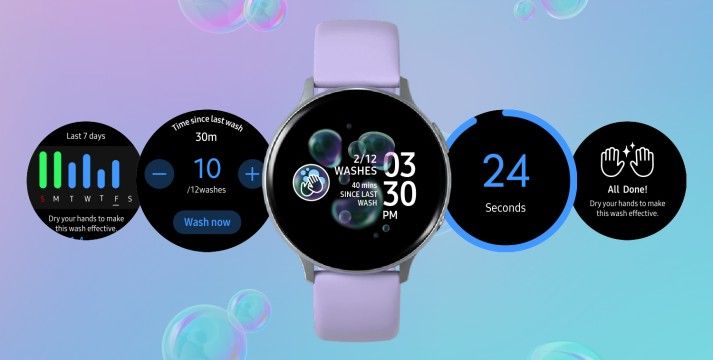With more people than ever staying at home due to COVID-19, there’s never been a better time to learn a new skill, work on your resume, catch up on the latest show, or play that new video game. If you’re itching to play some video games during all this downtime and you don’t already have a gaming PC or the latest consoles, then you may be interested in the cloud game streaming offerings from Google, Microsoft, and NVIDIA. For those of you with Google Stadia or Microsoft xCloud, we wanted to bring your attention to a cool new application developed by XDA Member refi64. Called Cloverplay, the app brings touch screen controls that overlay on top of the Android apps for Stadia and xCloud.
As you can see in the screenshots below, Cloverplay lets you play games from Stadia or xCloud on your Android phone without needing a physical controller. The app provides a set of on-screen controls that emulate button presses and joystick inputs from the Google Stadia controller (for Stadia) and Xbox One S controller (for xCloud). To demonstrate this, the developer published screenshots showing touch screen controls in Final Fantasy XV (on Google Stadia) and Totally Accurate Battle Simulator (on Microsoft xCloud)


We previously covered a tool called “TouchStadia” that also enables touch screen controls for Google’s cloud gaming service. While TouchStadia can work without root access, it only works when playing Stadia games through the mobile browser. In comparison, Cloverplay works with the official Google Stadia app, and it also works with Microsoft xCloud. The developer summarizes the advantages and disadvantages of Cloverplay versus TouchStadia as follows:
Here’s a screen recording from the developer demonstrating Cloverplay:
According to the developer, Cloverplay uses root access to set up a virtual joystick using uinput. As for the Accessibility Service, it appears the app uses it to create an overlay of TYPE_ACCESSIBILITY_OVERLAY.
The app is available for download on XDA Labs. The main app costs $1.99 but there’s a 2-day trial version of the app you can download to see if it’s worth it for you. The developer says they chose not to initially submit the app to Google Play because they believed that Google will remove the app for misusing Accessibility Services. As far as I’m aware, though, Google has yet to remove any application for using Accessibility Services outside of its intended use. After we informed the developer of this, they have submitted the app to the Play Store for review.
For more information on Cloverplay, visit the app’s website linked below. If you have feedback or want to ask a question, check out the app’s forum thread on XDA. You can also view the app’s source code on GitHub.
Cloverplay Website ||| XDA Forum Thread ||| Source Code
Cloverplay [ROOT] ($1.99, XDA Labs) →
Cloverplay [TRIAL][ROOT] (Free, XDA Labs) →
The post Cloverplay adds touch screen controls to Google Stadia and Microsoft xCloud on rooted Android phones appeared first on xda-developers.
from xda-developers https://ift.tt/2VlUWdo
via IFTTT









